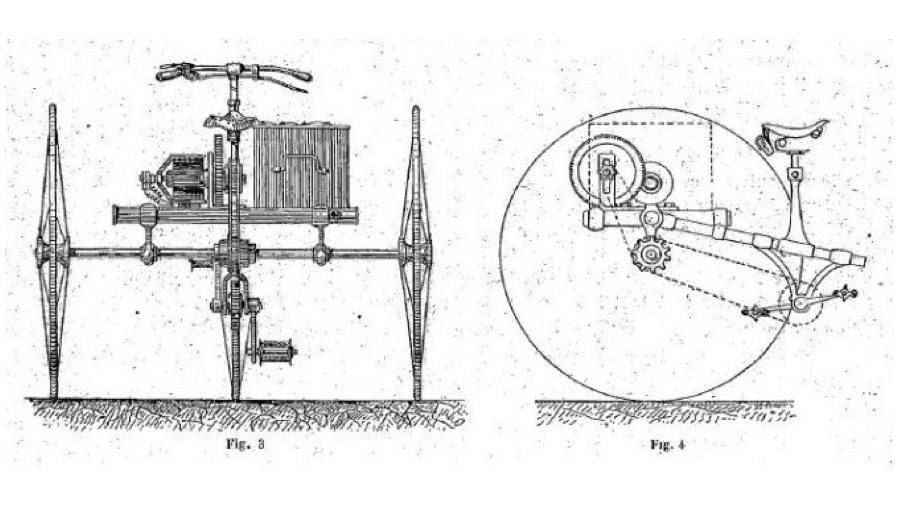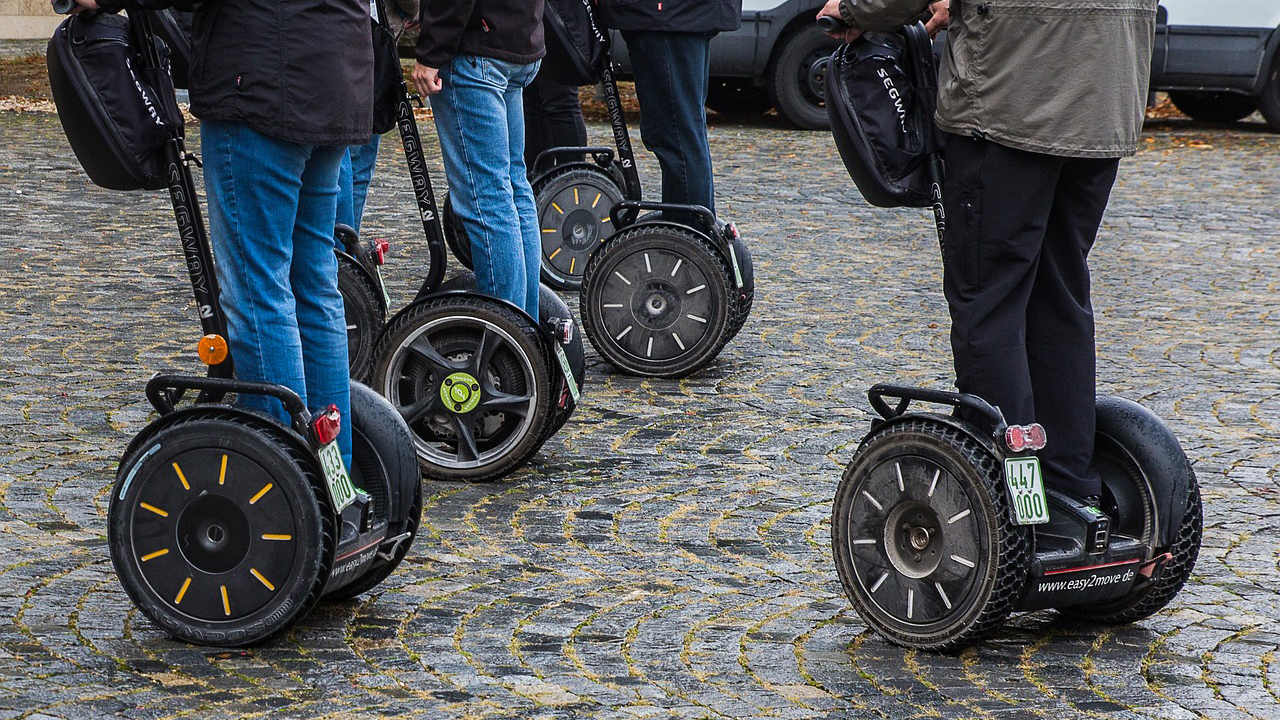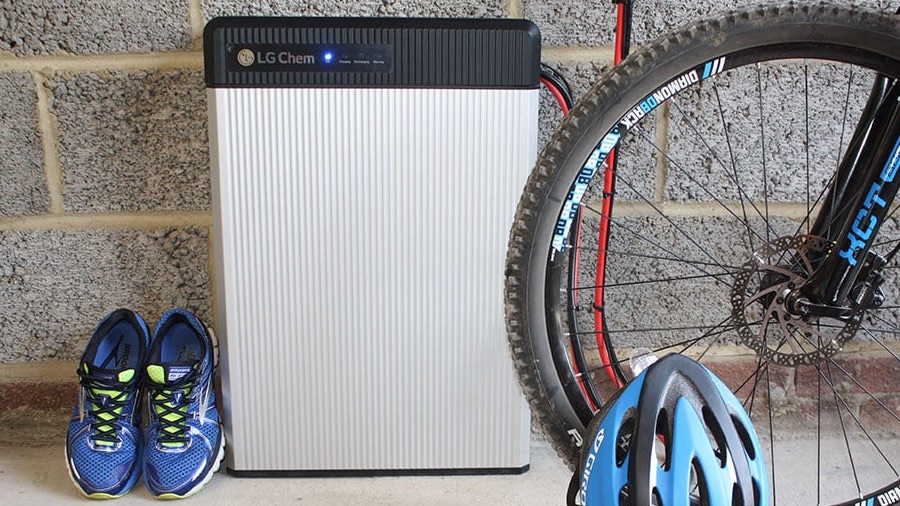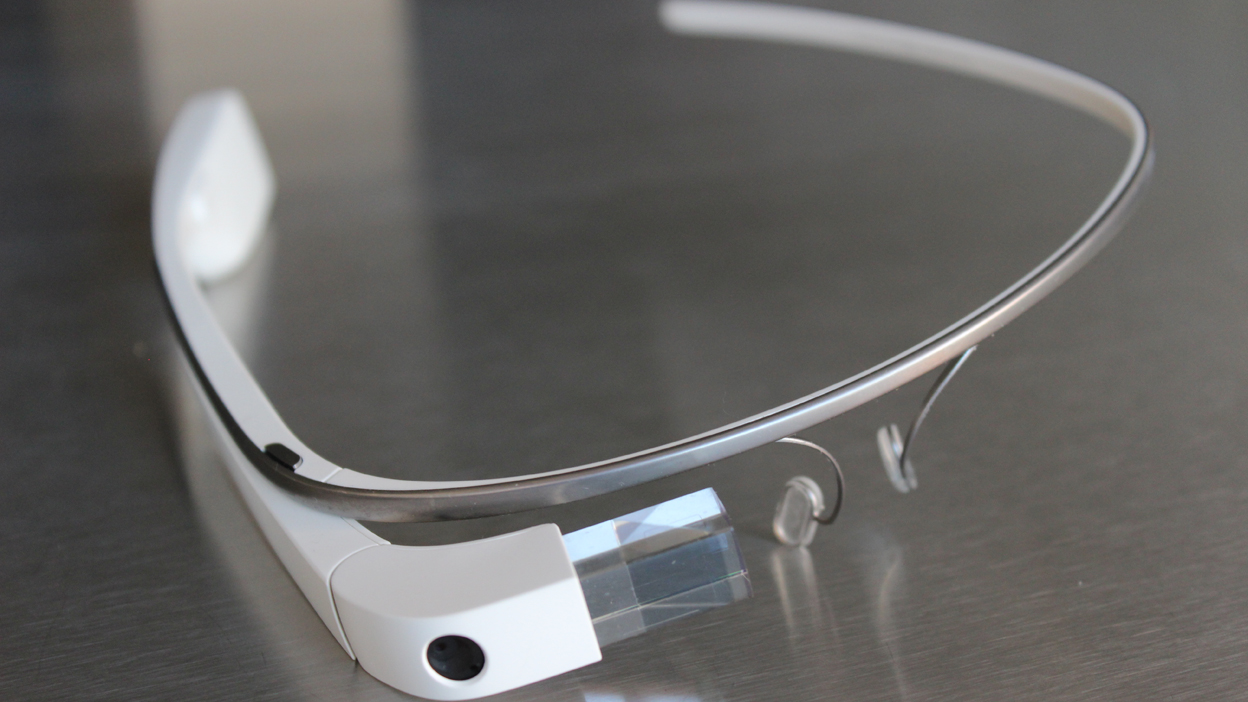Don’t call it a comeback: the old tech that’s bigger than ever
Maybe even Google Glass will get there one day…

Main image credit: Photo by Rodolfo Clix via Pexels
Innovation isn’t just about having great ideas. It’s about delivering them too – and sometimes that’s a problem. Sometimes the available technology just isn’t good enough. Sometimes the world just isn’t ready for it. Sometimes it’s both. For example, General Motors’ EV1 electric car suffered from the limits of 1990s tech and the machinations of the motor industry.
But you can’t keep a good idea down. In many cases what seemed fanciful a few decades ago is perfectly practical now, and advances in science mean the formerly impossible is on sale in IKEA. These ideas were before their time, but now they’re back. Back! BACK!
- Do you have a brilliant idea for the next great tech innovation? Enter our Tech Innovation for the Future competition and you could win up to £10,000!
Electric bikes
For all the hype, electric cars and self-driving cars don’t address the single biggest problem with cars: they’re astonishingly wasteful both in terms of the resources needed to make them and the space they take up.
As the Ellen McArthur foundation reports that the average European car has five seats but only carries 1.5 people per trip, and spends just 5% of its time on the road; and yet 50% of most city land is devoted to roads and parking. Persuading people to rent cars by the trip seems as remote a possibility as ever, so maybe the answer is think bike instead.

Electric bikes have been around since the 1880s, but they’re only just coming into their own thanks to modern electronics: a modern e-bike is a much more compelling proposition than the Graffigny Tricycle of 1892. E-bikes and scooters don’t require the charging infrastructure of electric cars, don’t require the road space of electric cars, and are much more amenable to hire-and-ride apps. All you really need is bike lanes.
There are some problems, such as overzealous e-scooter firms in the US and the UK regulations that currently make e-scooters illegal on both pavements and roads, but such vehicles make much more sense in cities than cars do.
Get daily insight, inspiration and deals in your inbox
Sign up for breaking news, reviews, opinion, top tech deals, and more.
Segways

The original Segway was a huge flop – remember the hype that claimed cities would be designed around it? – but the idea of self-righting personal electric vehicles was and remains a very good one. Segway may have more success with its powered Drift W1 skates than it did with its big-wheeled vehicles, but the personal electric vehicles that really get us excited are ones like this beautiful concept based on the equally beautiful 1961 Ford Gyron.
Once again there are regulatory issues – Segway’s skates are illegal to use in the UK, and cars have to meet increasingly strict safety-related regulations – but we think they’re worth solving.
Wireless power

What do e-bikes, electric cars and mobile devices all have in common? That’s right: batteries. And those batteries need to be charged, no matter how clever their chemistry.
Wireless power was famously demonstrated by Nikola Tesla, but it wasn’t until William C Brown modified the Amplitron amplifier in the 1960s and wirelessly powered a model helicopter that people started to think such technology could be practical.
Today we’re used to wireless charging for smartphones, but the wireless power technology currently used in Formula E racing could come to domestic markets too.
Home batteries
Batteries aren’t just for things that go. They could address one of the problems of renewable energy, which is storing it: wouldn’t it be great if you could collect solar energy in the summer and store it for when you really need it in winter?

That isn’t a new idea: French scientist Gaston Planté invented the rechargeable battery in 1859. But as with other tech, it’s only in recent years that what’s possible has become practical, let alone affordable. According to Clean Technica, the cost of energy storage is plummeting – and with the cost of on-demand energy rapidly heading in the other direction, it’s no wonder mainstream energy firms are trialling home battery systems.
Alternative interfaces
The keyboard remains ideal for when you're sitting at a desk in front of a screen, but keyboards and screens aren’t so great when you’re out and about or slumped on the sofa. That’s why Siri and its rivals are so popular (and frustrating: voice control is still plagued with recognition issues) on mobile and in smart home environments, but largely irrelevant on traditional computers.
Computing is no longer something you need to sit at a dedicated computer for; it’s something you do in all kinds of environments – and that means we need alternative forms of input and output.
SEGA’s Activator delivered full-body motion control, and made TV presenters look very silly
Sega and Nintendo were so far ahead of that particular curve that their two prescient products were famous flops: the Sega Activator and the Nintendo Virtual Boy both bombed. The former offered motion detection years before Wii or Kinect, while the latter was pushing embryonic VR long before Oculus was a glint in anybody’s eye.
Part of the problem was that the tech of the day simply wasn’t good enough. But another key part is that it’s not virtual reality we need, it’s augmented reality – and that brings us to our final noble failure.
Google Glass
The problem with Google Glass wasn’t tech. It was privacy. People didn’t like the thought of so-called 'glassholes' filming their every move without permission, and the first version of Glass was an expensive and high-profile failure. But that doesn’t mean it wasn’t a good idea.

Augmented reality is brilliant when it’s done well – hello, Pokémon Go – and even more brilliant when you don’t need to hold up a phone or tablet. AR glasses make a lot of sense in industrial environments, which is where Google is now concentrating its Glass efforts, as well as in areas where staff currently wear body cameras, such as law enforcement, and anywhere you might take a selfie stick or strap on a GoPro.
TechRadar's Next Up series is brought to you in association with Honor

Writer, broadcaster, musician and kitchen gadget obsessive Carrie Marshall has been writing about tech since 1998, contributing sage advice and odd opinions to all kinds of magazines and websites as well as writing more than a dozen books. Her memoir, Carrie Kills A Man, is on sale now and her next book, about pop music, is out in 2025. She is the singer in Glaswegian rock band Unquiet Mind.
